February 7 2017 marks the 205th birthday of one of our country’s best-loved authors, Charles Dickens.
Outside London, much of Dickens’ life was played out in his beloved Kent, a county which forms the backdrop to many of his works and which gave rise to some of his most colourful characters. Yet Charles Dickens also drew inspiration from his travels elsewhere in England.
From Rochester’s Victorian streets to the brooding seascapes of Cornwall, take a look at our top six Dickensian picks.
1 Portsmouth, Hampshire
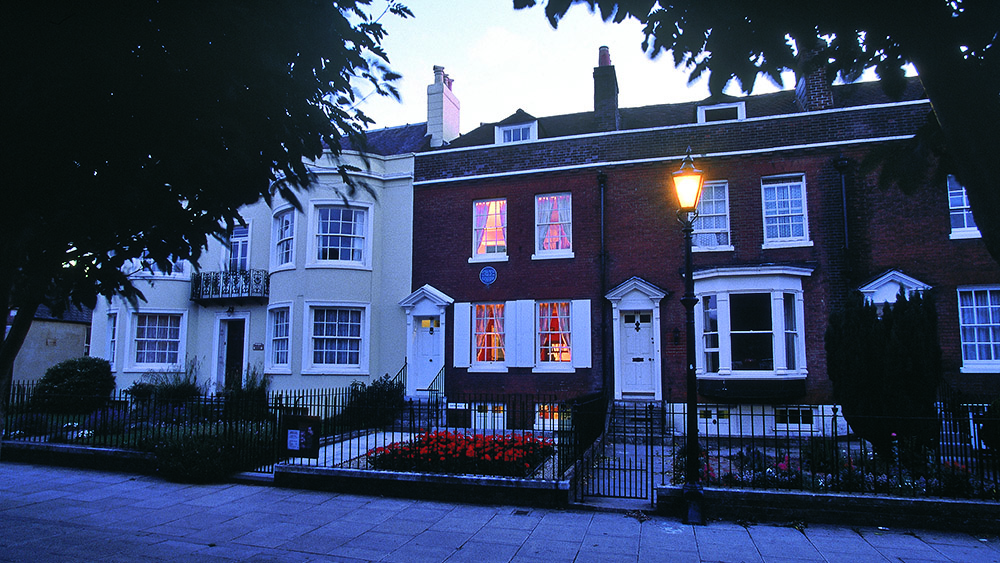
Charles Dickens Birthplace Museum at dusk © Portsmouth Museums
Charles Dickens was born on February 7 1812, not in a ‘bleak house’, but in a snug Regency terrace in Portsmouth. Now the Charles Dickens Birthplace Museum, the house has been restored to show what life was like in Dickens’ time, with memorabilia including his snuff box and the couch on which he died. Visit on the first Sunday of the month when you can also enjoy Dickensian-style readings of his works (3pm). Combine your trip with a visit to Portsmouth City Museum, currently hosting a display showing some of the characters and places depicted in Dickens’ novels (until March 2017). Round off the day with a guided Dickens Walk around Portsmouth’s dockyard where Dickens’ father worked and the surrounding Victorian streets, setting for several chapters of Nicholas Nickleby.
2 Chatham, Kent
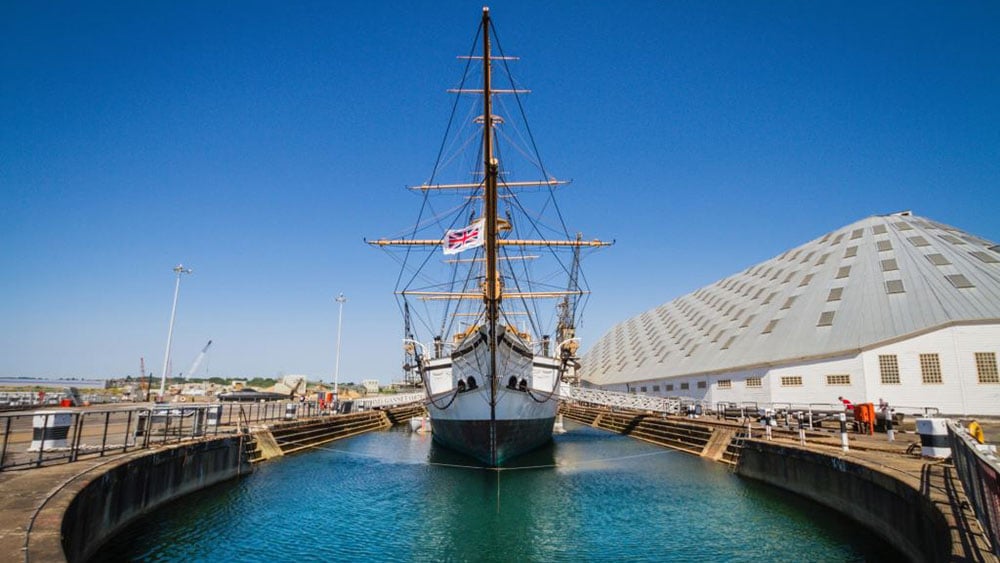
© The Historic Dockyard Chatham
Many scenes in Dickens’ works stem from his early years when he lived with his parents and six siblings at 2 Ordnance Terrace, Chatham. Charles’ father, John, worked as a clerk at Chatham Dockyard and often took the young Charles with him, visits which made a great impression on Dickens who used the gloomy backdrop in many of his novels. In fact, the BBC’s Little Dorrit was partly filmed here as was the adaptation of Oliver Twist (2007). Today Chatham Dockyard has been transformed into an award-winning maritime attraction. The family later moved to 18 St Mary’s Place, just along from Chatham Workhouse which many believe to have inspired the workhouse in Oliver Twist. The site is now the Pentagon Shopping Centre.
3 Rochester, Kent
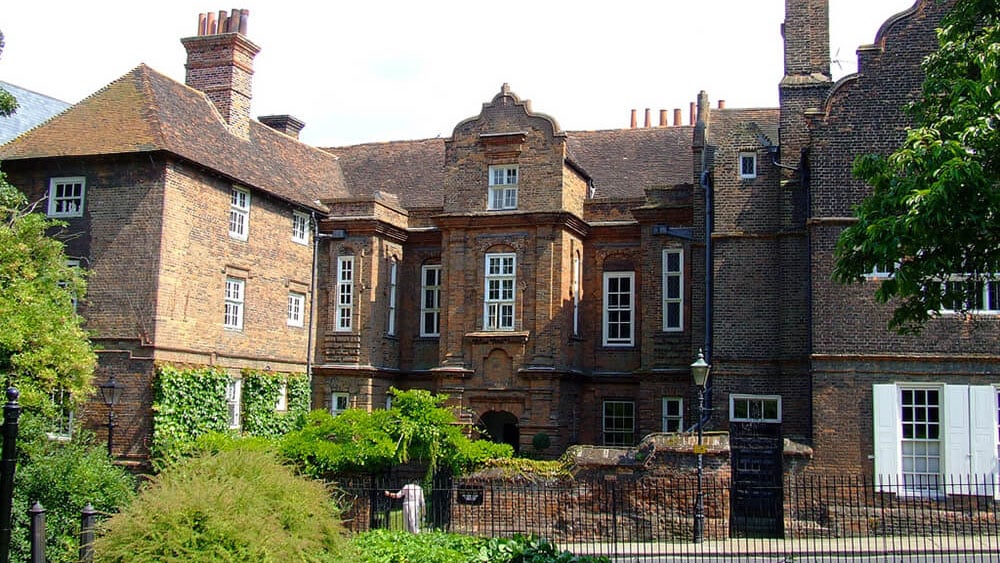
Restoration House by Martin Stitchener
An amble along Rochester’s Victorian High Street is like stepping into the pages of Pickwick Papers. Variously disguised as Pip’s hometown in Great Expectations and Cloisterham in Edwin Drood, Charles Dickens loved Rochester and featured it in his work more than any city, other than London. In his honour, Rochester holds an annual Dickens Festival in June and a Dickensian Christmas Market in December. As you wander along the narrow streets, spot the plaques on many buildings including Restoration House (the Satis House of Great Expectations) and Eastgate House, which features as a girls’ school in several of his works and which is home to the Swiss chalet in which he wrote. Find out more about Dickens’ life at the Guildhall Museum or head for Gad’s Hill in nearby Higham, the house he fell in love with as a boy and where he lived until his death in 1870. Now a school, tours may be available by arrangement.
4 Broadstairs, Kent
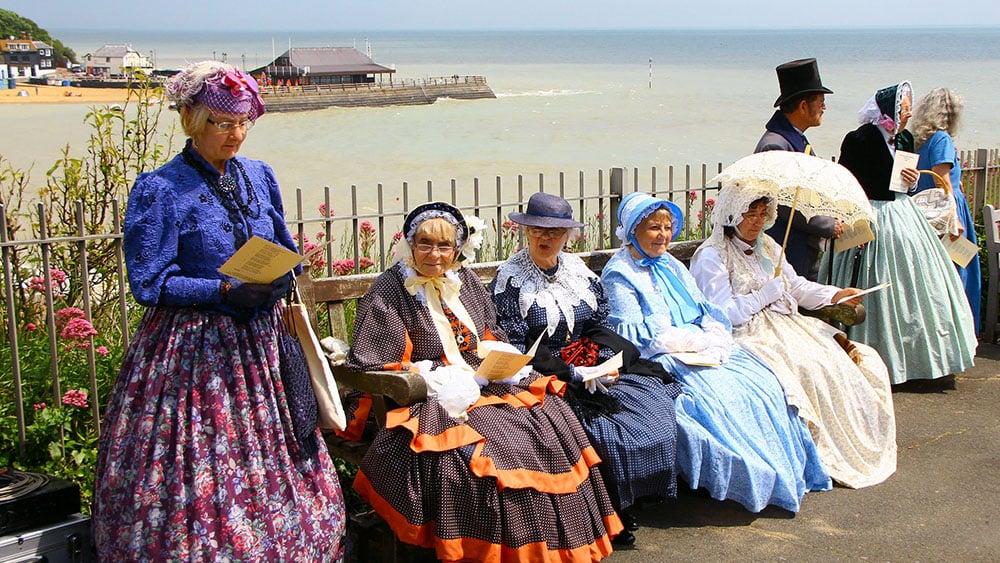
Broadstairs Dickens Festival by Funk Dooby
One of Dickens’ most colourful characters was Betsey Trotwood from David Copperfield, who was based on the kindly Miss Mary Pearson Strong. Dickens often visited her in Broadstairs and her cottage is now the Dickens House Museum. Charles Dickens spent many happy holidays in Broadstairs and wrote prolifically while staying here at 12 High Street (now gone), 40 Albion Street (now the Royal Albion Hotel), Lawn House (now Archway House) and especially during the years he leased the clifftop Bleak House, originally named The Fort and renamed following Dickens’ death. Held annually in his honour since 1937, the Broadstairs Dickens Festival will be even more special this June as it celebrates its 80th anniversary – one not to miss.
5 Medway Marshes
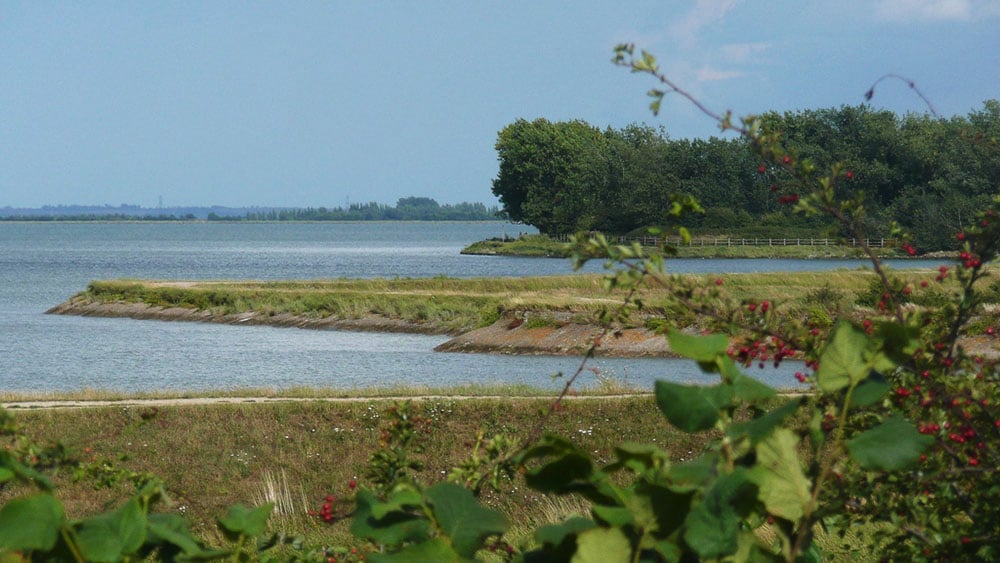
Saxon Shore Way by John Stratford
The eerie, mist-shrouded marshlands that fringe the Medway form the backdrop to many of the most memorable scenes in Great Expectations. Walk the Saxon Shore Way between Hoo and Upnor for far-reaching views, passing Cockham Wood Fort, site of the old battery where Pip meets with Joe before leaving for London. More evocative still is the isolated church at Cooling, where Pip encounters the convict Magwitch who has escaped from the Hulks, the prison ships that once moored in the Thames estuary. Dickens would have known all about the Hulks, and when convicts escaped, as they occasionally did, they were objects of terror to the local community. The sense of unease in the lonely graveyard is palpable – the little lozenge shaped graves that the orphan Pip was visiting still there today.
6 Other locations
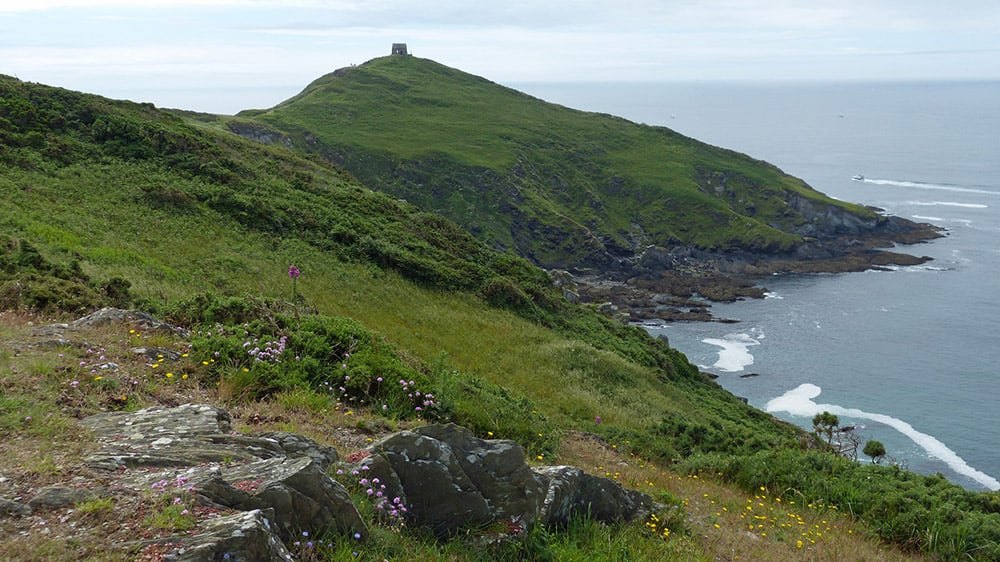
Rame Head by Andrew
Charles Dickens was a passionate advocator for social reform and he travelled extensively around England, researching working conditions and observing characters to use in his writing. Of particular note is the evil Wackford Squeers, inspired by William Shaw, real-life headmaster at the notorious Bowes Academy in Yorkshire (reinvented as Dotheboys Hall in Nicholas Nickleby). So damning was Dickens’ depiction in the novel that the school and others like it were consequently shut down! Cornwall was a favourite destination and he wrote enthusiastically of its ‘Spirit of Beauty’ in his letters. The description of the mining community in A Christmas Carol draws on a visit he made to Padstow in 1842 to investigate working conditions. The lighthouse built ‘upon a dismal reef of sunken rocks’ is thought to be the Eddystone Lighthouse off Rame Head while Jacob Marley is based on his friend Dr Miles Marley. Dickens also favoured Bury St Edmunds in Suffolk, a ‘handsome little town of thriving and cleanly appearance’, and he often stayed at The Angel, which features in The Pickwick Papers.
Make a weekend of it:
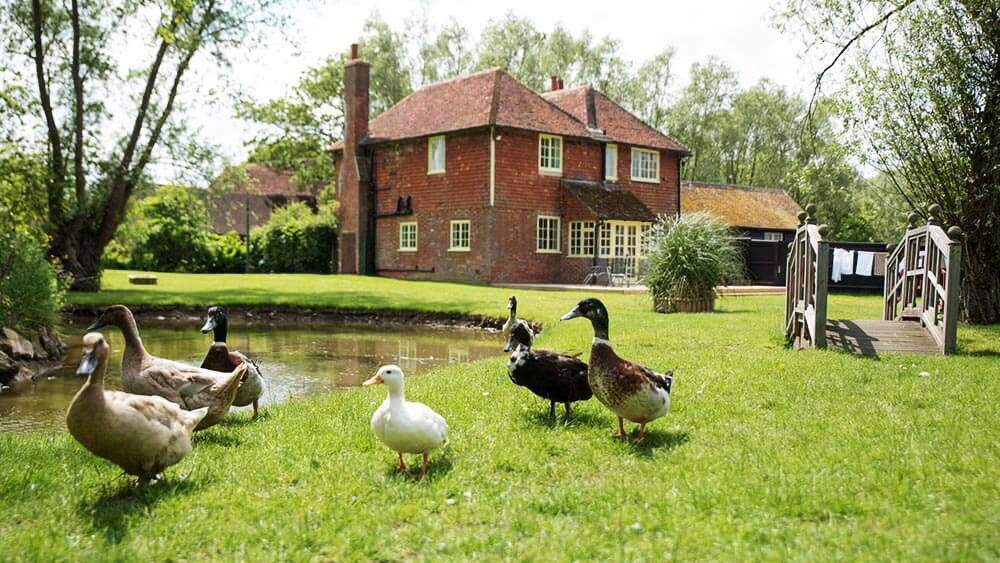
Larkin Farmhouse, Bethersden, Kent
Our gorgeous cluster of cottages in Kent make an ideal base for a Dickens-based weekend. Head for The Granary at Hever (sleeps 2) or 1 School House Cottages near Tunbridge Wells (sleeps 6+2). Make a group weekend of it and hire out the gorgeous Manor Farmhouse at Milstead (sleeps 18), half an hour’s drive from Rochester, Chatham and Canterbury, a city which also appears frequently in Dickens’ works. Yew Tree at Barfrestone (sleeps 9) is perfectly positioned for exploring Broadstairs and Canterbury. Or step back in time at the picturesque Grade II listed Larkin Farmhouse (sleeps 10/12), Larkin Oast (sleeps 8) or Larkin Cart (sleeps 4) which featured in the TV series The Darling Buds of May. Our Cornwall cottages, Coach House near Portsmouth (sleeps 8) and Vicarage House at Great Hockham (sleeps 9-15) are also perfectly poised for uncovering some lesser-known Dickens’ connections.
Published on Tuesday 31st January 2017 by Linnie Clements


Follow us on social media